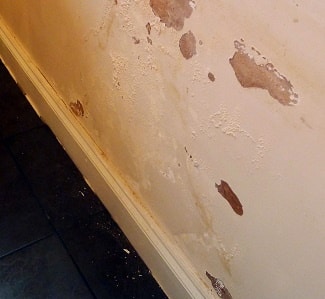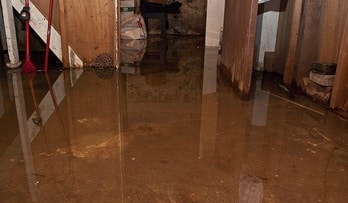Creating a Warm and Comfortable Basement

Basements and concrete slabs are the largest sources of moisture in your home. The pores in concrete do not only let in moisture, but they actively draw it inside by capillary action. The average basement lets in 18 gallons of moisture each day, several times more than your bathrooms and kitchen combined! Basement waterproofing is often necessary for homes.
Molds and dust mites aggravate or cause allergies and asthma, particularly in children. The incidence of allergies and asthma has doubled in the last decade, which has been linked to the increase in air-borne molds in modern energy-efficient homes.
Your basement is not the healthiest room in the house so you need to be careful. Consider have a professional do something about it when you start your new basement remodeling project. The only effective way to control biological air contaminants like molds, fungi, dust mites, and bacteria is to control the cause. Your goal: eliminate the sources of moisture and reduce humidity in your basement!
Why is Waterproofing Important?
A wet cellar can dramatically reduce the value of your home. Studies show that most people won’t even consider buying a home that has water leaks. Selling a home with water leaks can easily result in as much as a 25% reduction in the sale price, if it sells at all.
Even if you rarely have problems with dampness or flooding, it’s best to solve the problem completely before doing any remodeling work. Permanent solutions can take time to implement. A good place to start is to talk to a basement waterproofing expert.

Proper insulation is critical to creating a comfortable, dry basement. Besides keeping out the cold, basement insulation prevents condensation. The ground stays cool year round. It, in turn, keeps basement walls cool. When the warmer air in the room comes in contact with all those cool walls, it has to give up some of its moisture in the form of condensation. In fact, condensation is the primary source of the moisture that causes mold and mildew problems in basements. Effective insulation separates the warm air of the room from the cool walls, thereby preventing the moisture problems that stem from condensation.
Warning Signs that you have Basement Waterproofing Problems
- Mold and Mildew: Fungus that grows in damp and dark areas, and cause discoloration, or musty odors.
- Moldy Odors: This is the result of the decay process from mold and dry rot.
- Peeling Paint: Peeling paint is a sign that you have moisture problems and waterproofing issues.
- Damp Spots on Walls: Water has absorbed through your walls.
- White Substance on Basement Walls: This is a chemical breakdown of the bonding agent that holds your walls together. This white substance is a sign of possible structural deterioration.
- Cracked Walls: Should be inspected to determine the exact cause.
- Rust on Appliances: Like furnaces. Rust is caused by a wet environment and is the sign of waterproofing issues.
- Dry Rot: Black fungus grows mostly on walls or wooden surfaces, causing wood to decay.
